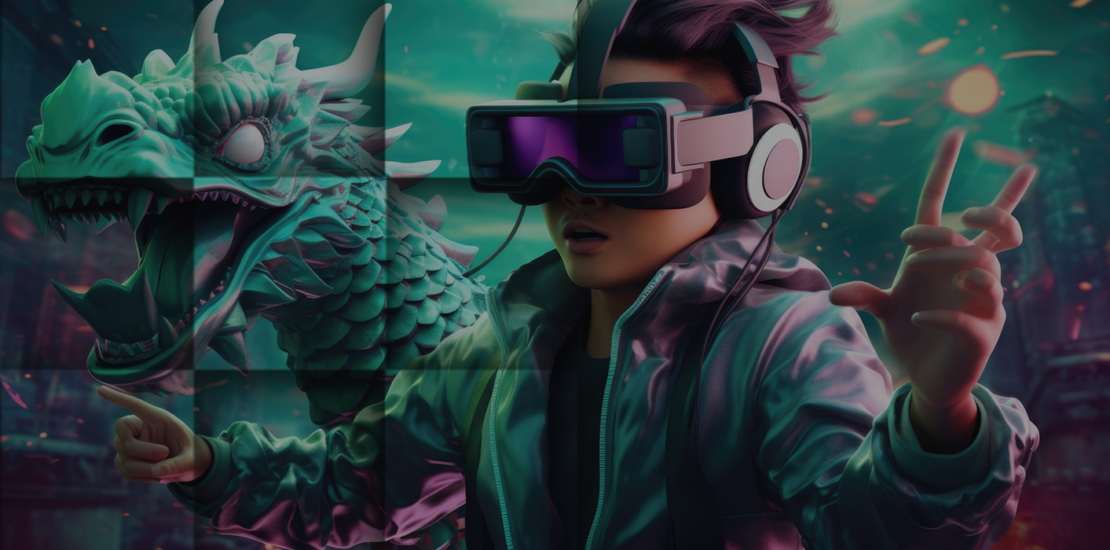Unity Optimization Beyond the Basics: Techniques for High-Fidelity Games
- May 23, 2025
- Posted by: iXie
- Category: Game Development

Ever watched a jaw-dropping cutscene in a AAA game, only to have the gameplay stutter right after? Like a Ferrari engine choking on gravel, the transition breaks the immersion. For developers, that’s the nightmare.
Remember the golden days of 2D sprites and pixel-perfect jumps? Games were lighter, smaller, simpler.
Then came photorealistic characters, 4K textures, and entire worlds rendered in real time.
Now in 2025, we’re building for VR headsets, ray-traced shadows, and real-time global illumination, yet we still expect 60 FPS on mid-tier hardware.
Unity, once the darling of indie devs, is now used for console blockbusters and enterprise VR simulations. But with scale comes complexity. Massive asset libraries, third-party plugins, and spaghetti shaders start to weigh everything down.
And that’s where most devs hit a wall. The usual tips, like “compress textures” or “use LODs,” only scratch the surface.
So, how do you actually optimize a high-fidelity Unity game? Not just survive, but make it sing?
Let’s go beyond the basics, diving into memory profiling, GPU diagnostics, multithreaded scripting, and render pipeline tuning. Because in modern game development, performance is the experience.
Contents
Profiling at Scale
Before you optimize, you profile. Not just once, but consistently throughout the development cycle.
Unity’s Profiler is your go-to tool here, but most teams underutilize it. Don’t just track frame rate. Dig into the Timeline View to understand what’s actually happening in your frame. Long gaps? Probably a main thread stall. Stutters? Look at garbage collection, dynamic batching, or shader compilation hiccups.
Memory Profiler
Want to find sneaky memory leaks? Use Unity’s Memory Profiler to catch inflated allocations from misplaced Instantiate() calls, unused assets loaded into memory, or Texture2D objects that weren’t properly released. You’ll be shocked how often a few overlooked MBs balloon into GBs over a session.
GPU Profiling
The built-in GPU module helps you track rendering costs like overdraw, complex shaders, and excessive post-processing. In high-fidelity games, rendering often consumes a significant portion of the frame budget. If not managed properly, it can lead to frame drops or cause devices to overheat, especially on less powerful hardware.
What to Watch For
- Draw Calls: Break up the UI. Use Sprite Atlases. Batch materials with the same shader.
- Garbage Collection (GC): Avoid string concatenation in update loops. Cache components. Use structs for data that doesn’t need reference semantics.
Profiling isn’t a checkbox. It’s a continuous process, and it should be integrated into sprint reviews or milestone QA to prevent regressions.

Optimizing Rendering Pipelines
Unity now gives you three major rendering options: Built-in, URP (Universal Render Pipeline), and HDRP (High Definition Render Pipeline). Each comes with trade-offs.
Built-in Pipeline
Still used by many legacy projects, it struggles with modern lighting and post-processing. If you’re shipping to mobile or working with tight budgets, it can work, but be prepared to hand-tune many effects.
URP
This is Unity’s middle ground. URP gives you better lighting and performance out-of-the-box with forward rendering, SRP batching, and decently scalable visuals. It’s great for cross-platform games targeting PC, mobile, and consoles.
HDRP
Built for high-end PCs and consoles, HDRP is what you reach for when you’re aiming for cinematic visuals. Be warned though. HDRP demands deep customization and will not perform well on mid-range systems without serious tuning.
Lighting and Post-processing Tips
- Prefer baked lighting for static scenes; use real-time lights sparingly.
- Use Light Probes and Reflection Probes to simulate dynamic lighting affordably.
- Reduce bloom, motion blur, and screen-space effects unless you’re sure the hardware can handle it.
- Limit real-time shadows to what’s actually visible to the player.
The trick is balancing visual targets with hardware realities. Don’t throw HDRP at a mobile game or URP at a high-end cinematic title without knowing what you’re signing up for.
Advanced C# Scripting Patterns
Let’s talk about the C# layer, where so many performance issues quietly fester.
Garbage-Free Scripting
Every time Unity’s garbage collector kicks in, it halts gameplay to clean up memory. In fast-paced or persistent worlds, that stutter is noticeable.
Here’s how to avoid it:
- Use object pooling for bullets, enemies, or VFX, especially for anything that’s frequently created and destroyed.
- Avoid frequent use of string.Format, LINQ, or anonymous functions inside Update().
- Prefer struct over class for lightweight data types (no heap allocation).
- Cache all component references at start. Repeated GetComponent calls inside Update() will become a silent performance tax over time.
Multithreading with Jobs + Burst
Unity’s Job System lets you push CPU-heavy work, such as pathfinding, terrain generation, or AI logic, off the main thread. Add the Burst Compiler and you’ll see massive speedups on code that relies heavily on math.
Also look at:
- ECS (Entity Component System) for managing thousands of lightweight objects like particles or crowds.
- Native Collections like NativeArray<T> to reduce allocations and maximize memory locality.
It’s a different mindset than traditional OOP, but when performance is king, data-oriented design wins.

Continuous Performance Monitoring
Games aren’t static anymore. In live-service models or multiplayer games, your performance has to evolve with your content.
Analytics for Performance
Integrate CPU/GPU telemetry into your analytics pipeline. Monitor:
- Frame time distribution
- Memory usage over session length
- Hardware breakdowns by region or device
Use tools like:
- Unity Cloud Diagnostics
- Game Performance Monitor (GPM)
- Firebase Performance Monitoring
This helps your team prioritize where performance needs to improve. Is your performance bottleneck tied to Android mid-tier devices, or are GPU fill rates the real issue in your densest scenes?
Live Regression Testing
As your game evolves, performance regressions creep in. You’ll see more UI, new shaders, and heavier scenes.
Use automated tests or performance test scenes in CI/CD pipelines. Set thresholds so the build fails if frame time spikes by 10ms or memory usage grows by 100MB.
In live games, performance is a feature. Treat it like one.
How iXie Gaming Can Help
Optimization isn’t about ticking boxes. It’s about building systems that scale visually, technically, and commercially.
At iXie Gaming, we’ve partnered with studios on Unity projects ranging from stylized mobile hits to hyper-realistic console titles. Our Unity QA and optimization teams help you identify hidden bottlenecks, benchmark across hardware tiers, and implement deep performance tuning from pre-alpha to post-launch.
Whether you need a performance audit, co-development support, or help scale your Unity pipeline for high-fidelity visuals, we’re ready.


